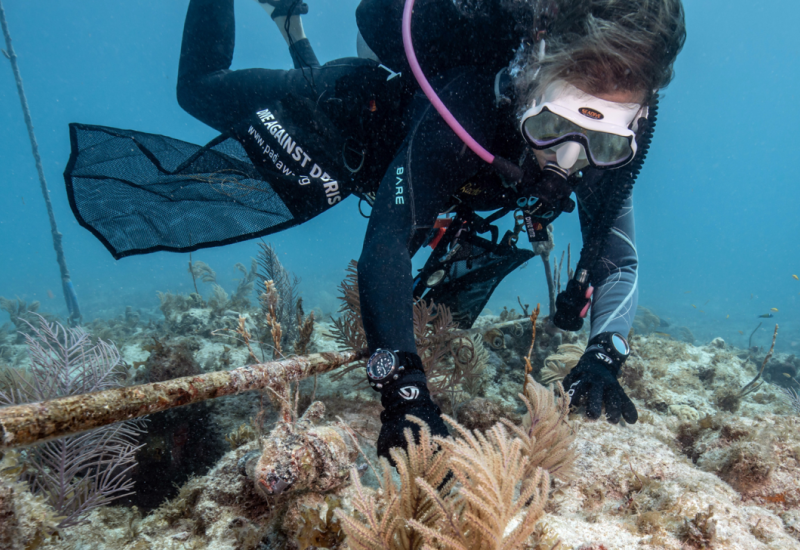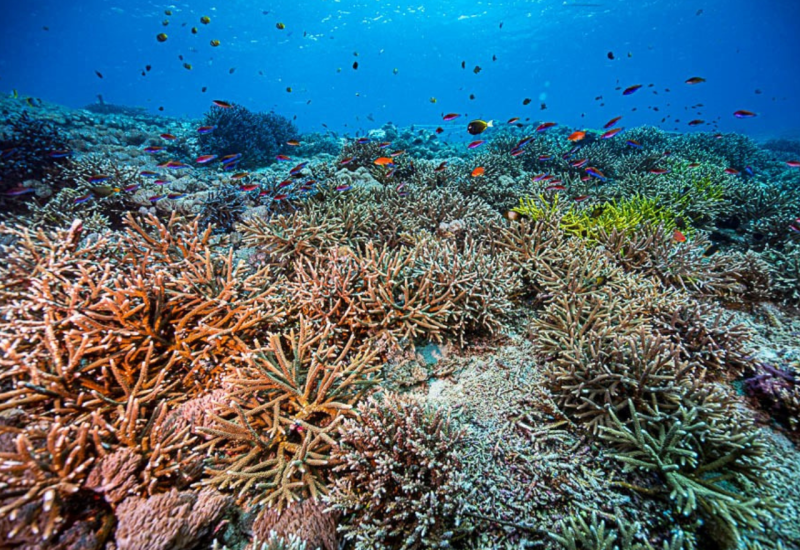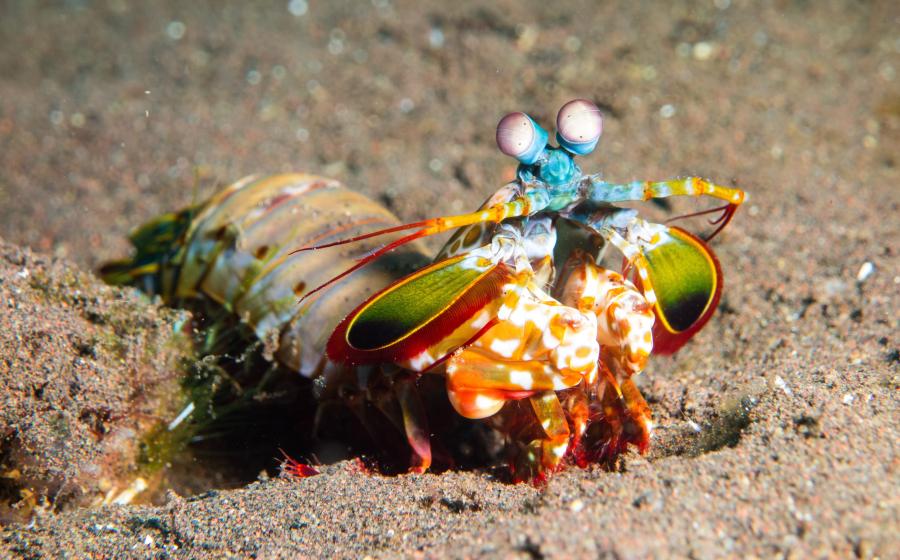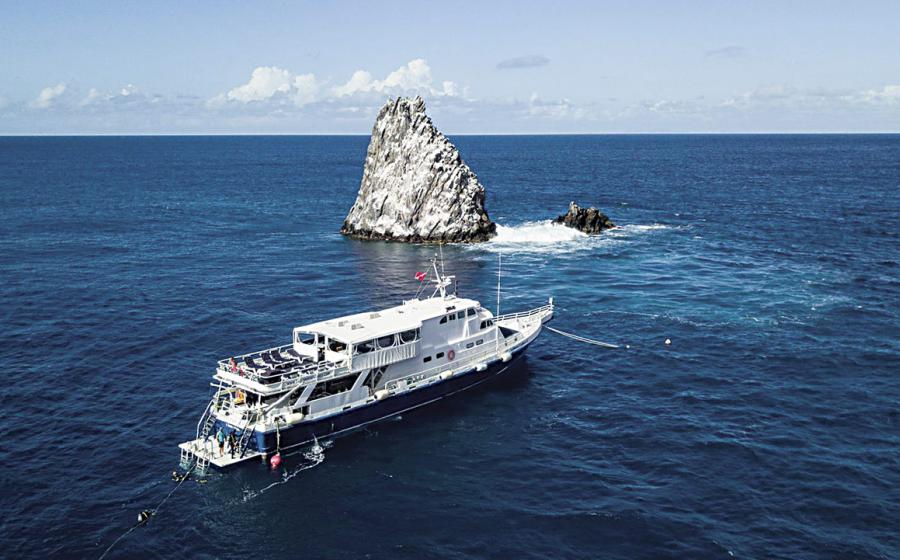Seafood Fraud: Bait and Switch is Emptying Our Seas

Seafood fraud happens all too often in the United States and around the world. It’s the act of swapping popular, expensive fish for species that are less desirable, cheaper or more readily available, without telling consumers.
With many types of fish looking alike once they’re processed and cooked, seafood fraud easy to pull off — recent studies show seafood may be mislabeled as often as 25 to 70 percent of the time for commonly swapped species such as red snapper and wild salmon. And it’s not only bad for our health and our wallets, it seriously impacts conservation efforts too.
Seafood fraud can affect our health, such as when escolar, commonly known as “the Ex-Lax” fish — I’ll let you connect the dots — is substituted for white tuna. But seafood fraud’s effect on conservation is just as alarming.
First, seafood fraud makes it really hard to be a conscientious seafood consumer. Many consumers use seafood guides to find out which species are sustainable and which they should avoid. These efforts are undermined if consumers are sold different seafood from the seafood they ordered.
Second, seafood fraud perpetuates illegal fishing by allowing overfished species to be sold under other names. This means that efforts to limit catch of particular fish, like cod, can be in vain. If a fish is caught that would exceed the quota, they can simply be labeled as something else and still be sold.
Currently, overfishing is one of the biggest problems facing the oceans. According to the UN Food and Agriculture Organization, 85 percent of the world’s fisheries are fully exploited, overexploited, depleted, or recovering from depletion. Illegal fishing amounts to a $10 billion to $23.5 billion loss around the world each year. By making a market for illegal fish, seafood fraud helps to fuel this destructive process.
By making illegal fishing profitable and helping to fuel its existence, seafood fraud also indirectly threatens other species. Dolphins and sea turtles, for example, are often untargeted casualties in the quest to catch as many fish as possible. Thousands of dolphins are killed each year by illegal driftnets in the Mediterranean, and hundreds of thousands of sea turtles are caught and killed by longlines around the world each year. This often happens in remote areas of the ocean where enforcement can be little to non-existent.
To stop seafood fraud, we need full traceability of seafood from when it is first pulled out of the ocean to when it is served on our plates. The technology already exists — just as it does for when you buy an apple or other types of produce. Traceability gives customers the confidence of knowing that they’re actually eating fish that is fished from legal waters and caught by responsible means.
Author Andy Sharpless is the CEO of ocean advocacy group Oceana; click to learn more about its seafood fraud campaign.
What’s Needed for Seafood Traceability?
1) A national tracking database to account for all seafood through the entire supply chain.
2) Inspections and enforcement at levels high enough to deter fraud, including DNA testing for species identification.
3) Review of tracking and inspection data for systemic problems and false documentation.
4) Transparency in labeling and full public disclosure to allow informed purchases and decision making.
5) Targeting known illegal sources of seafood to reduce the market for illegal fish.
How You Can Help
The Safety and Fraud Enforcement for Seafood Act, or SAFE Seafood Act, which was introduced into Congress last summer, would support transparency throughout the entire seafood process to put a stop to seafood fraud. Call your congressmen and get behind the legislation to help make seafood fraud history. The oceans are counting on you.
Examples of Commonly Mislabeled seafood:
|You Purchased| You Received| |Red Snapper| Channel Catfish, Rockfish, Tilapia, Nile Perch| |Mahi Mahi| Yellowtail| |Grouper| Channel Catfish, Hake, Tilapia, Alaska Pollock| |Wild Salmon| Farmed Salmon| |Swordfish| Mako Shark| |White Tuna| Escolar| |Atlantic Cod| Alaska Pollock, Norwegian Pollock, Whiting, Saithe, Escolar|
Answers: 1. Top is Nile perch. 2. Left Bottom is mako shark. 3. Middle Bottom is rockfish. 4. Righ Top is farmed Atlantic salmon










